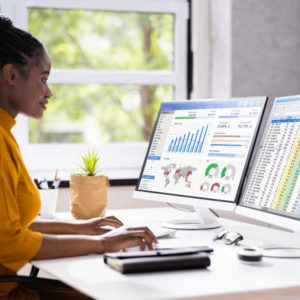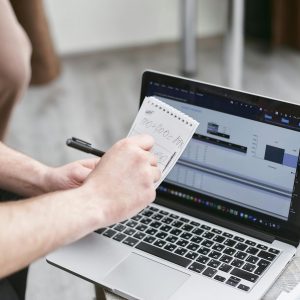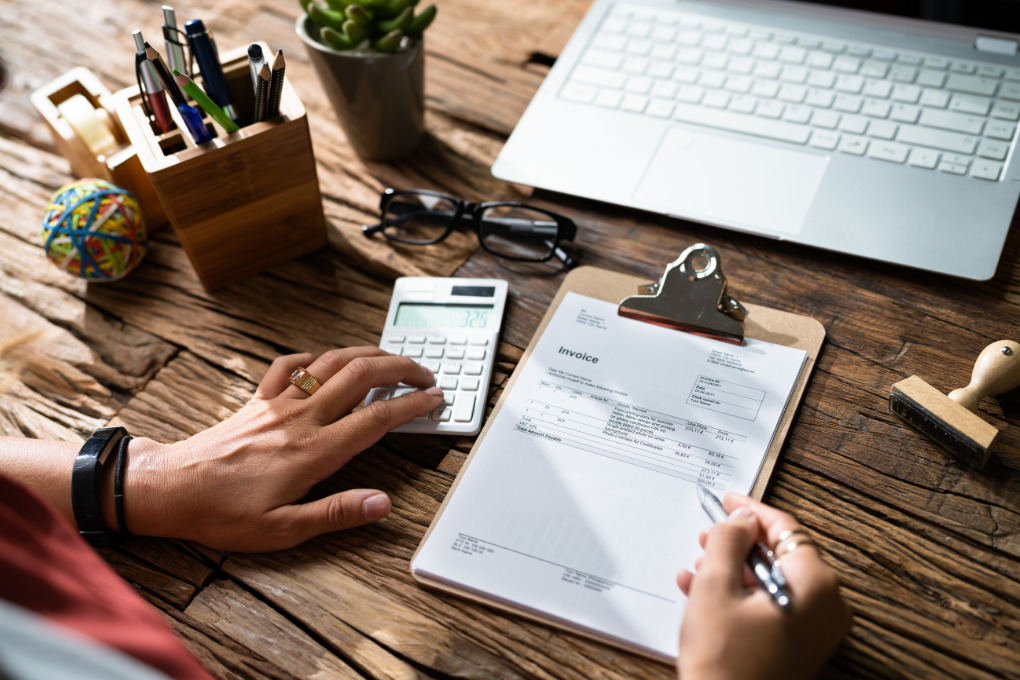Perform Basic Business Calculations
Course Purpose Clarifying expenditure and revenue items, distinguishing between fixed and variable costs. What you’ll learn Clarifying expenditure and revenue items, distinguishing between fixed and variable costs. Executing invoicing operations, posting amounts to relevant accounts, reconciling transactions with account statements, …
Overview
Course Purpose
Clarifying expenditure and revenue items, distinguishing between fixed and variable costs.
What you’ll learn
Clarifying expenditure and revenue items, distinguishing between fixed and variable costs. Executing invoicing operations, posting amounts to relevant accounts, reconciling transactions with account statements, and disbursing items on behalf of the organisation to be recovered in the invoicing process.

Duration: 1 Day
Featured Course
Performance Management
Course Curriculum
Curriculum
Curriculum
- 5 Sections
- 23 Lessons
- 1 Day
Expand all sectionsCollapse all sections
- Unit 1 : Explain items of expenditure and revenueASSESSMENT CRITERIA3
- Unit 2 : Explain fixed and variable costsASSESSMENT CRITERIA5
- 1.1Fixed cost is defined with examples
- 1.2Variable cost is defined with examples
- 1.3Three examples are provided where fixed costs could happen.
- 1.4Examples are provided where variable costs could be confused as fixed costs
- 1.5The consequences of a variable cost being confused as a fixed cost are explained with examples.
- Unit 3 : Performing invoicing operations and and post amounts to the appropriate accountsASSESSMENT CRITERIA4
- 1.1An invoice is prepared which has items of expenditure and items revenue for a sea freight shipment for a full container load and import which has paid customs duty, duty schedule, and the ocean freight is on a collect basis.
- 1.2An invoice is prepared for an air freight export shipment which has items of expenditure and items of revenue where the master airway bill is collected, insurance must be invoiced as well as cartage collection charges.
- 1.3The expenditure items must be posted to the appropriate accounts for both the sea freight and airfreight invoices.
- 1.4A record is made up of the over-recoveries of the items of expenditure which must later be taken to profit.
- Unit 4 : Reconcile and identify individual transactions with statements of accountASSESSMENT CRITERIA8
- 1.1Ocean freight or air freight is identified as items of the organisations’ invoices.
- 1.2Cartage is identified as an item of the company’s invoices and statements from the transporter taking into account all over-and-under recoveries.
- 1.3All landside and surface charges are identified including port authority charges, airline charges, depot charges and carrier’s handling.
- 1.4All customs and charges are identified and reconciled with bills of entries, statements and deferment accounts.
- 1.5Other disbursements charges are identified and reconciled with invoices from those parties taking into account all over-and-under recoveries.
- 1.6Supplementary charges from outside parties are identified and reconciled to the organisation’s invoice, taking into account all over-and-under recoveries.
- 1.7Supplementary invoices are disbursed by the organisation and account for all disbursement items which have been invoiced.
- 1.8Reconciliation is made between the invoices and statement of accounts.
- Unit 5 : Identify and disburse the items on behalf of the organisation to be recovered in the invoicing processASSESSMENT CRITERIA3
- 1.1Cartage charges as disbursed by the organisation, are identified and posted to the cartage disbursement account.
- 1.2Storage charges as disbursed by the organisation, are identified and posted to the storage disbursement account.
- 1.3All special charges such as extra attendance as disbursed by the organisation are identified and posted to the disbursement accounts
Requirements
- Grade 10
- NQF Level 2







